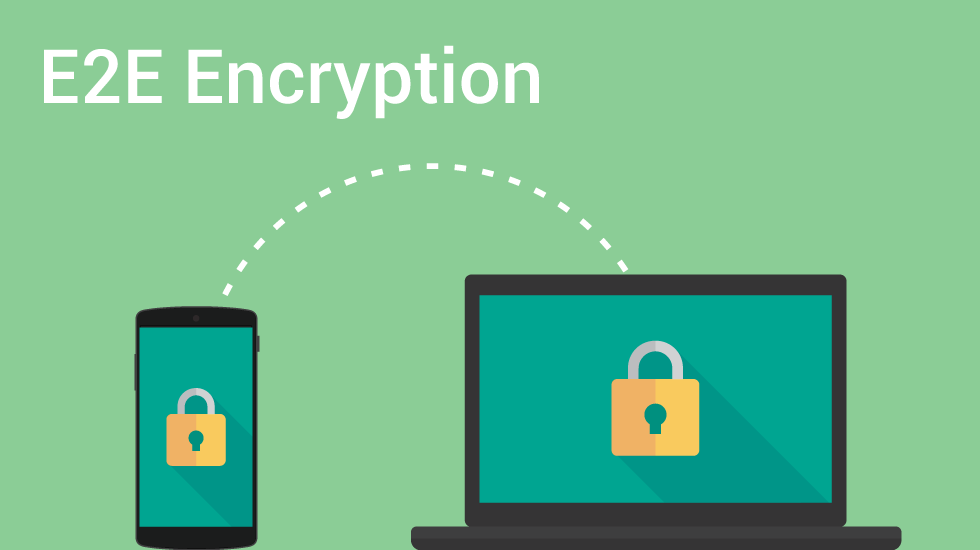In today’s interconnected digital world, protecting sensitive information has become more critical than ever before. With cyber threats evolving rapidly and data breaches making headlines regularly, individuals and organizations are increasingly turning to robust security measures to safeguard their communications. Enter end-to-end encryption (E2EE), a revolutionary technology that has emerged as the gold standard for securing digital communications.
End-to-end encryption represents a fundamental shift in how we approach data security, ensuring that only the intended sender and recipient can access transmitted information. Unlike traditional encryption methods that may leave data vulnerable at various points during transmission, E2EE creates an impenetrable shield around your messages, files, and communications from the moment they leave your device until they reach their intended destination.
This comprehensive security approach has gained widespread adoption across popular messaging platforms like WhatsApp, Signal, and iMessage, transforming how billions of people communicate daily. The technology works by encrypting data on the sender’s device and keeping it encrypted throughout its journey across networks, servers, and intermediaries, only decrypting it when it safely arrives at the recipient’s device. What makes E2EE particularly powerful is that even service providers facilitating the communication cannot access the content, as they lack the necessary decryption keys. This level of security has made E2EE indispensable for protecting everything from personal conversations to sensitive business communications and confidential government data.
Understanding End-to-End Encryption Technology
End-to-end encryption is a secure communication method that prevents third parties from accessing data while it transfers from one endpoint to another. The technology transforms readable plaintext into unreadable ciphertext using complex cryptographic algorithms, ensuring that sensitive information remains protected from unauthorized access throughout its entire journey.
The fundamental principle behind E2EE lies in its comprehensive approach to data protection. Unlike encryption in transit, which only secures data during transmission, or encryption at rest, which protects stored data, end-to-end encryption maintains security from start to finish. This means data remains encrypted on the sender’s device, stays encrypted during transmission, and only gets decrypted when it reaches the recipient’s endpoint.
The Mechanics of End-to-End Encryption

The process of end-to-end encryption relies primarily on asymmetric encryption, also known as public key cryptography. This sophisticated system uses two separate but mathematically related keys: a public key that can be shared openly and a private key that remains confidential to each user.
When someone wants to send an encrypted message, their device retrieves the recipient’s public key and uses it to encrypt the data. The encrypted message then travels through various networks and servers as unreadable ciphertext. Upon reaching the recipient’s device, the corresponding private key automatically decrypts the message, making it readable again. This process ensures that even if the message is intercepted during transmission, it remains completely unintelligible to unauthorized parties.
The beauty of this system lies in its mathematical foundation. Data encrypted with a public key can only be decrypted by its corresponding private key, creating an virtually unbreakable security barrier. Even if malicious actors intercept the public key, they cannot decrypt the information without access to the private key, which never leaves the recipient’s device.
Key Benefits of End-to-End Encryption
End-to-end encryption offers numerous advantages that make it essential for modern digital security. Privacy protection stands as the primary benefit, ensuring that personal communications, timestamps, and location data remain inaccessible to hackers, service providers, and other unauthorized parties.
Data integrity represents another crucial advantage. E2EE prevents malicious actors from tampering with messages during transmission, as any alteration would render the data undecryptable at the recipient’s end. This tamper-proof characteristic ensures that communications arrive exactly as intended.
The technology also provides regulatory compliance benefits, helping organizations meet stringent data protection requirements across various industries. Many sectors, from healthcare to defense, mandate encryption-level security for sensitive information, making E2EE an essential compliance tool.
Real-World Applications and Limitations
Popular messaging applications like WhatsApp, Signal, and iMessage have successfully implemented end-to-end encryption, protecting billions of daily communications. Video conferencing platforms like Zoom have also adopted E2EE to secure business meetings and personal conversations.
However, E2EE does have limitations. Endpoint security remains a concern, as compromised devices can expose encrypted data. Metadata visibility means that while message content stays encrypted, information like timestamps and recipient details may still be observable. Additionally, the technology faces ongoing debates about balancing privacy with law enforcement needs.
End-to-end encryption continues evolving as the cornerstone of digital privacy, providing unprecedented protection for our increasingly connected world while addressing the growing demand for secure, private communications.




